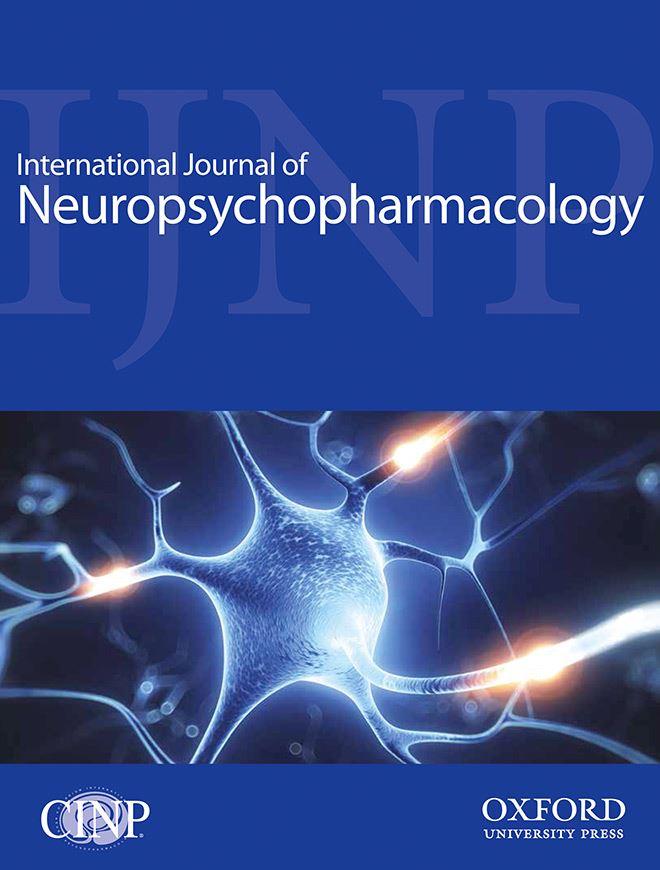
“Objectives To report the findings of a case-series of 10 children suffering with intractable epilepsies in the UK to determine the feasibility for using whole-plant cannabis medicines to treat seizures in children.
Setting This study was conducted retrospectively through collecting clinical data from caretakers and clinicians on study outcome variables. Participants were recruited through the MedCann Support and End our Pain charity groups which are patient representative groups that support children who are using medical cannabis to treat their epilepsies. Medicines were prescribed to patients by clinicians in both National Health Service and private medical practices. Follow-up calls were conducted throughout the period January 2021 to May 2021 to keep data recorded up to date.
Participants Ten children, 18 years old or under, with intractable epilepsies were recruited from two charities. There were no limitations on diagnosis, sex or ethnic origin.
Interventions Participants were treated with a range of whole-plant medical cannabis oils. Individual dosing regimens were determined by clinicians.
Primary outcome measure The primary outcome measure was seizure frequency.
Results Seizure frequency across all 10 participants reduced by 86% with no significant adverse events. Participants reduced use of antiepileptic drugs from an average of seven to one following treatment with medical cannabis. We also noted significant financial costs of £874 per month to obtain these medicines through private prescriptions.
Conclusions This study establishes the feasibility of whole-plant medical cannabis as an effective and well-tolerated medicine for reducing seizure frequency in children suffering with intractable epilepsies. These findings justify the potential value of further research into the reported therapeutic benefit of whole-plant medicinal cannabis products.”
https://bmjpaedsopen.bmj.com/content/5/1/e001234







